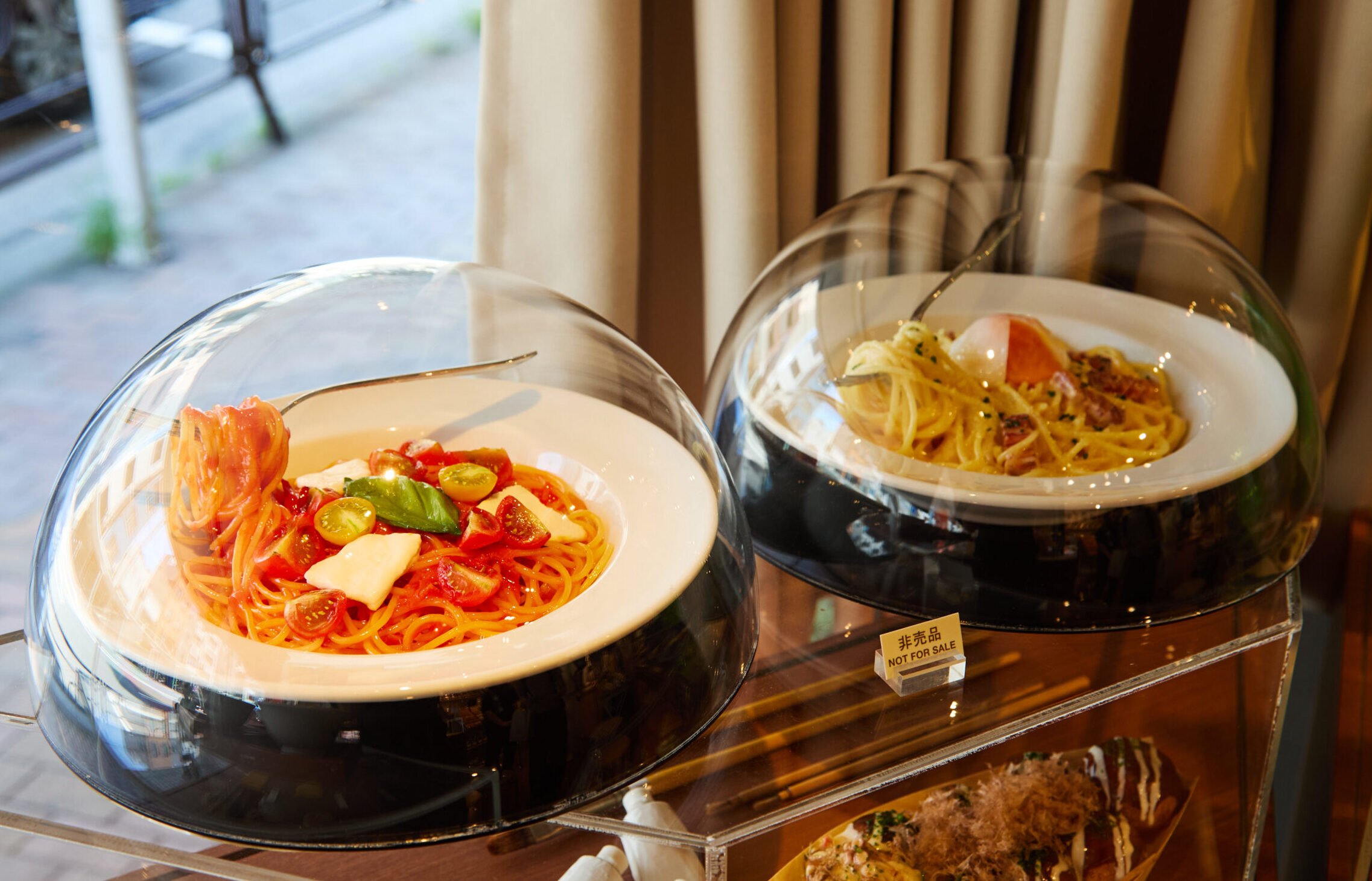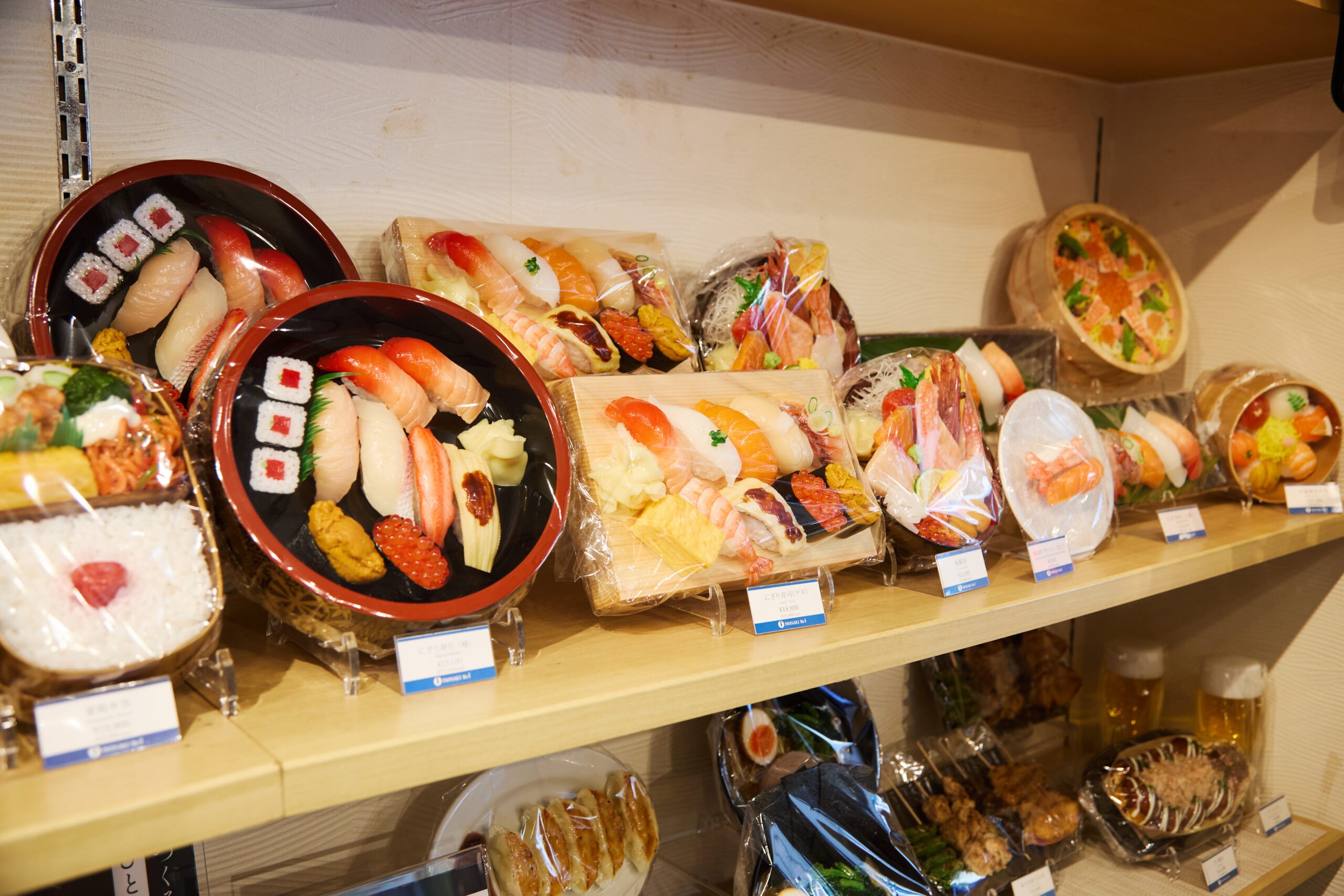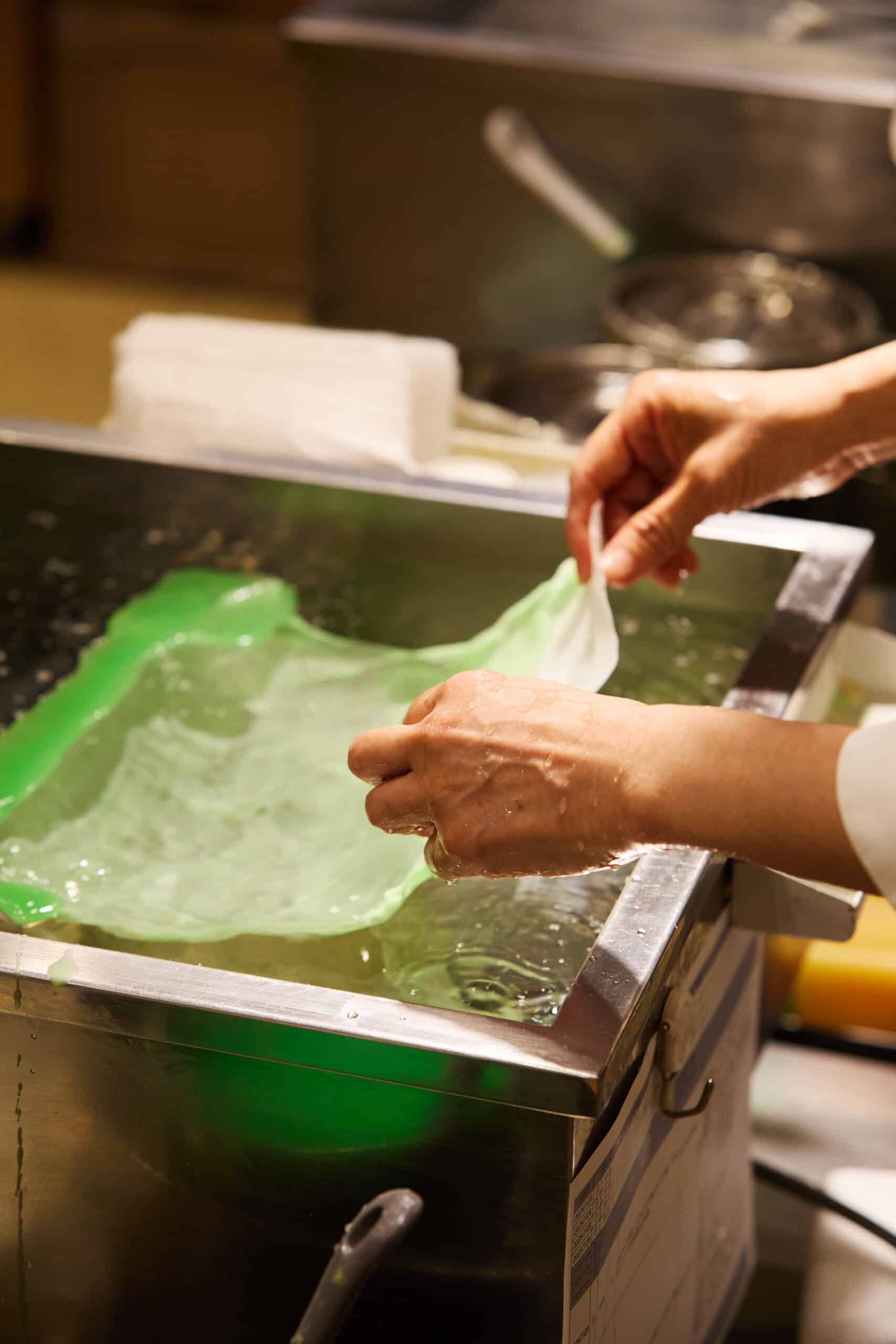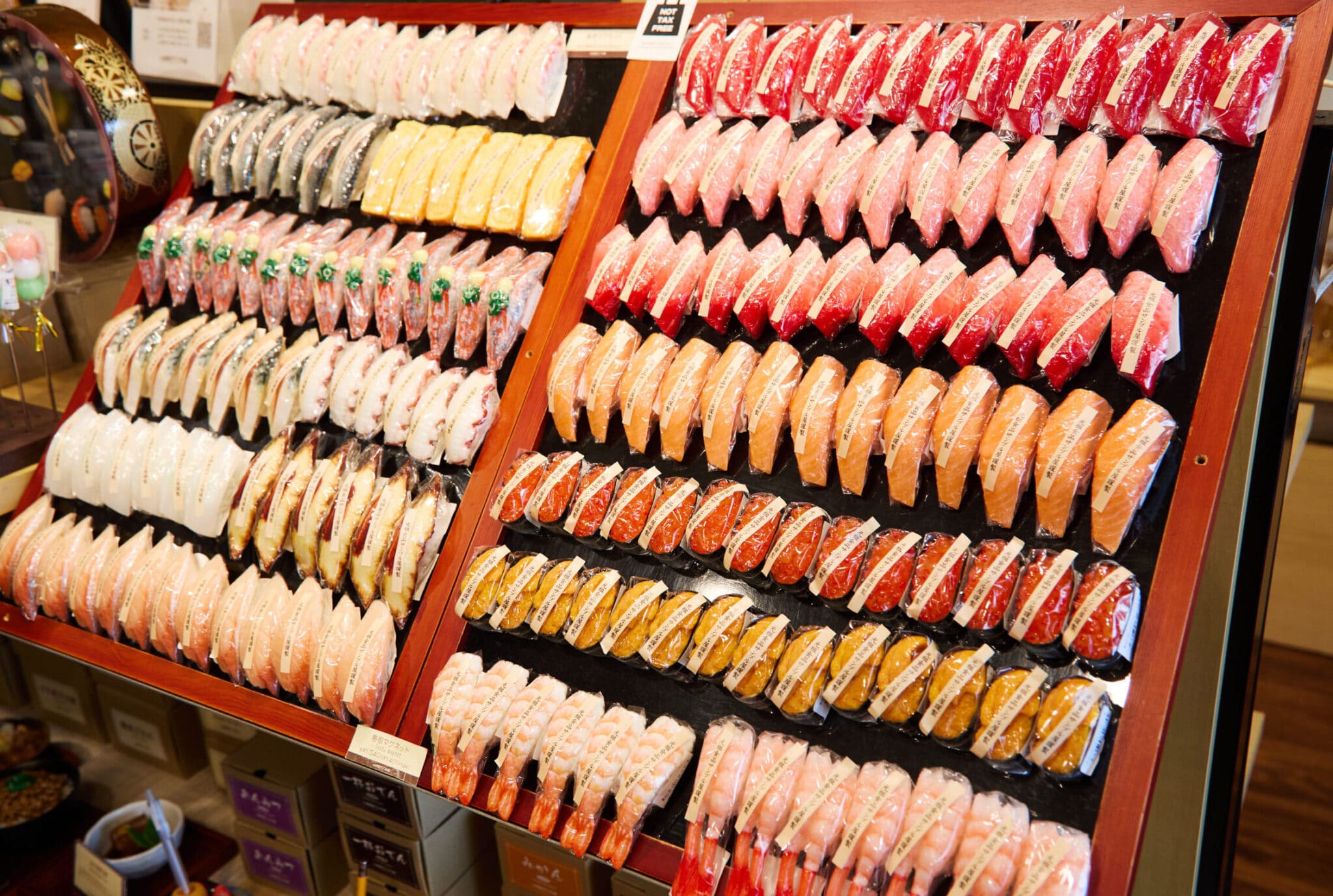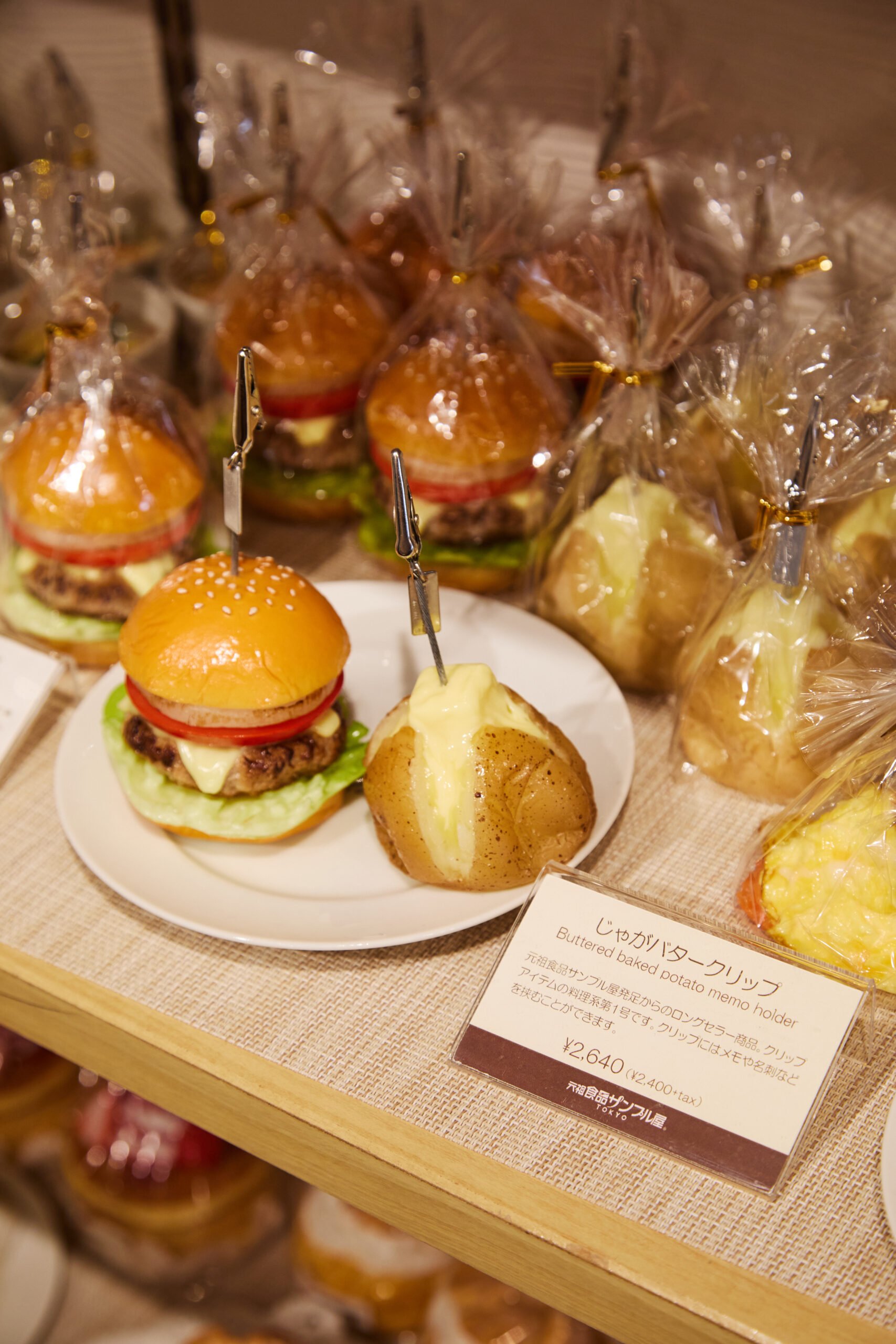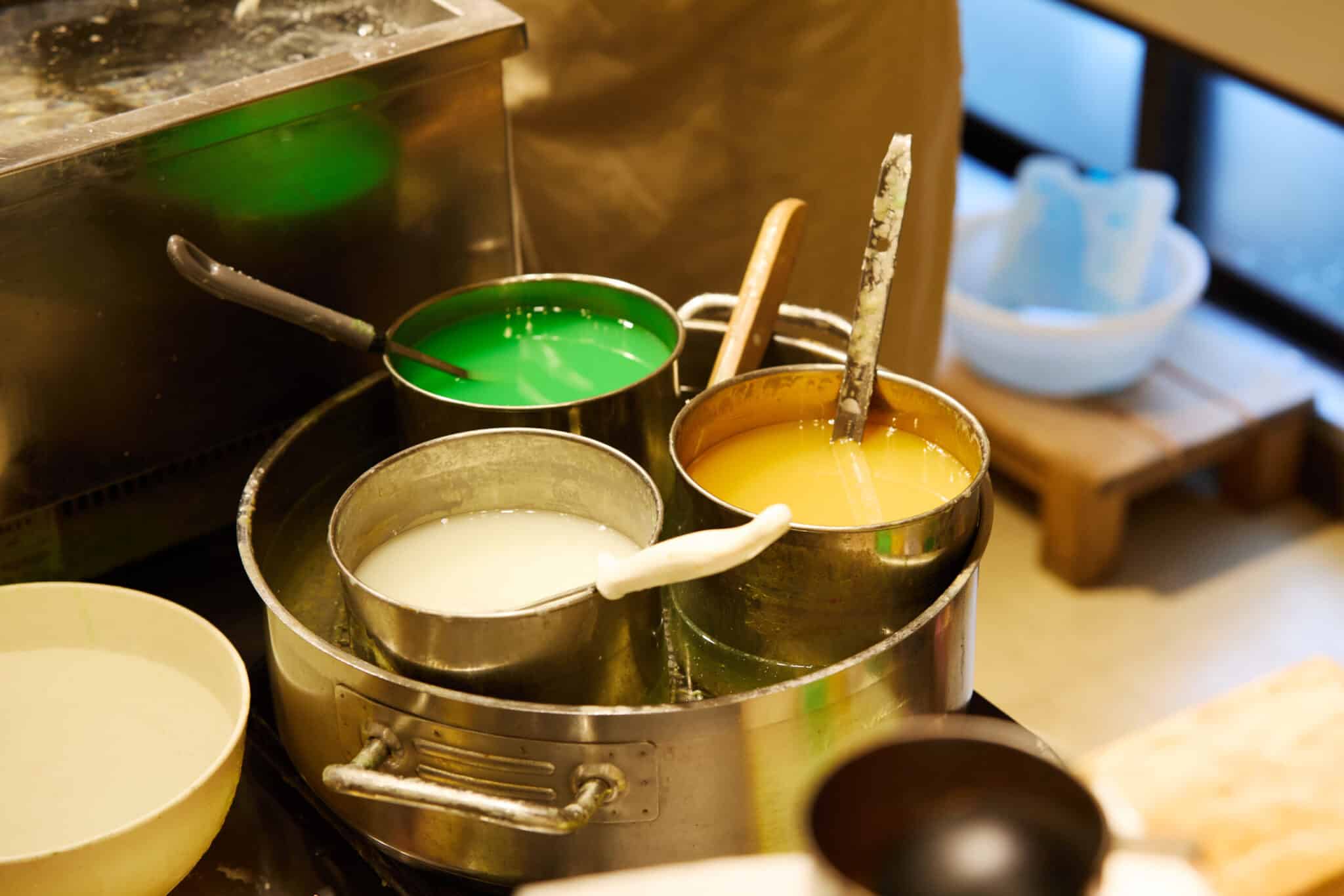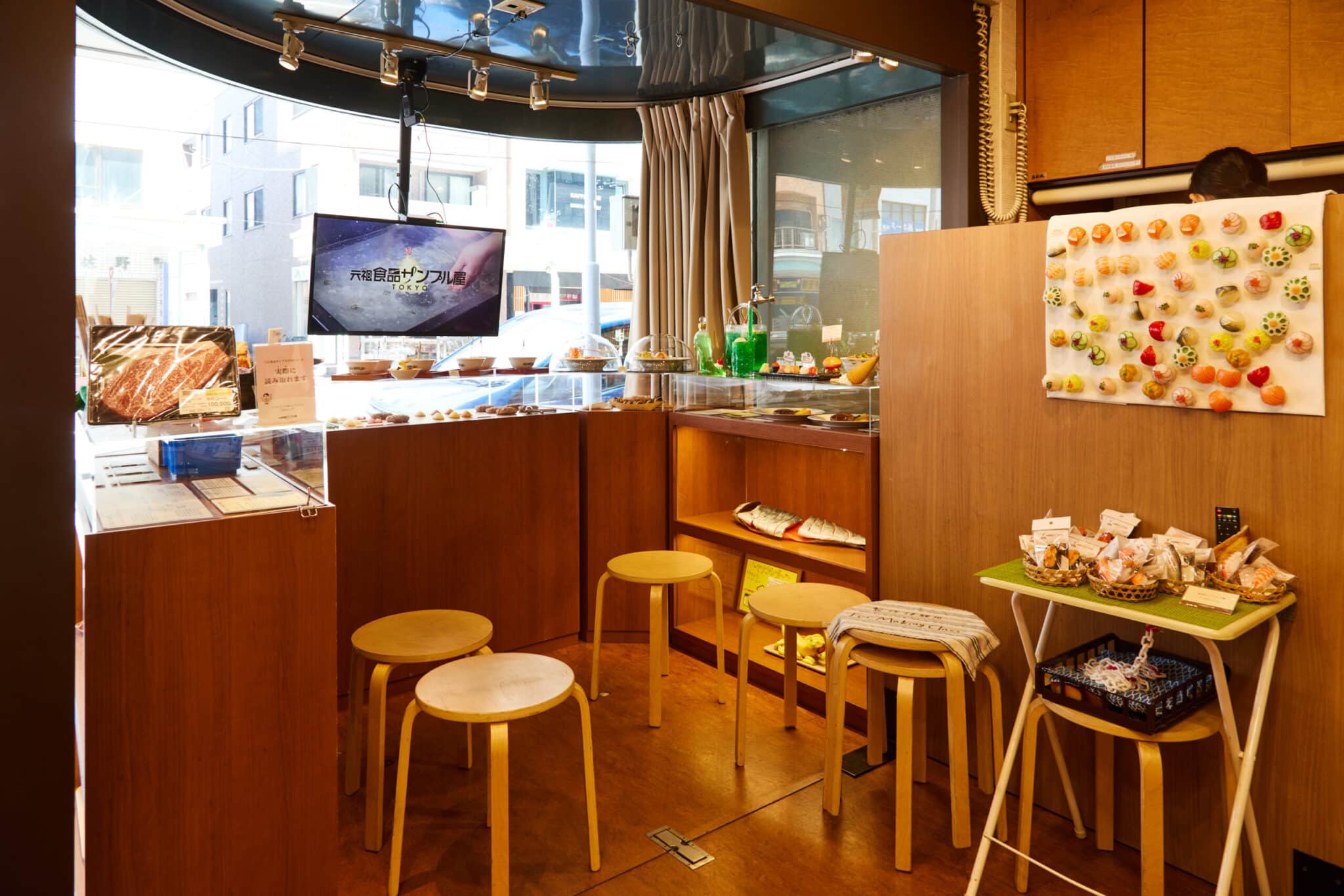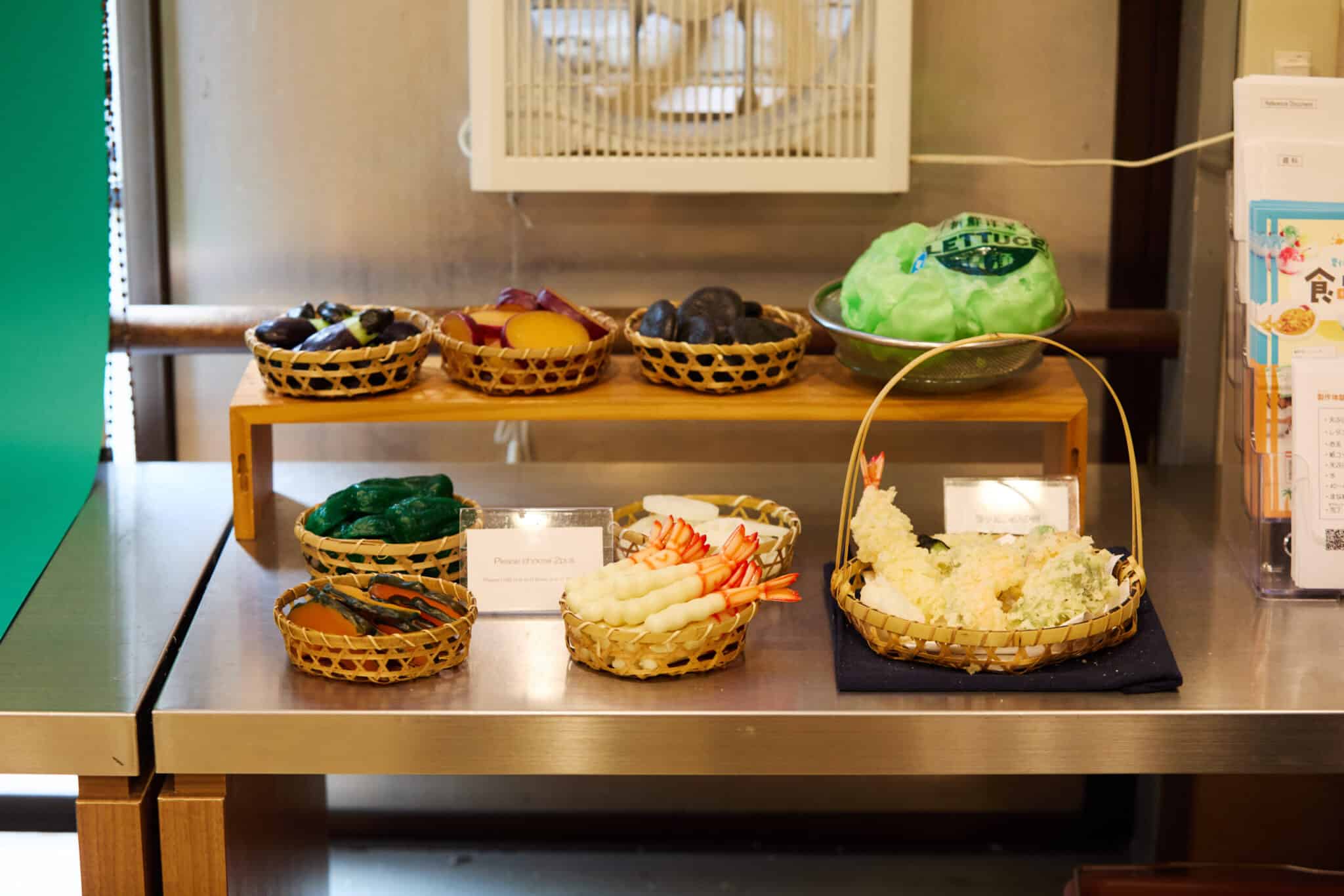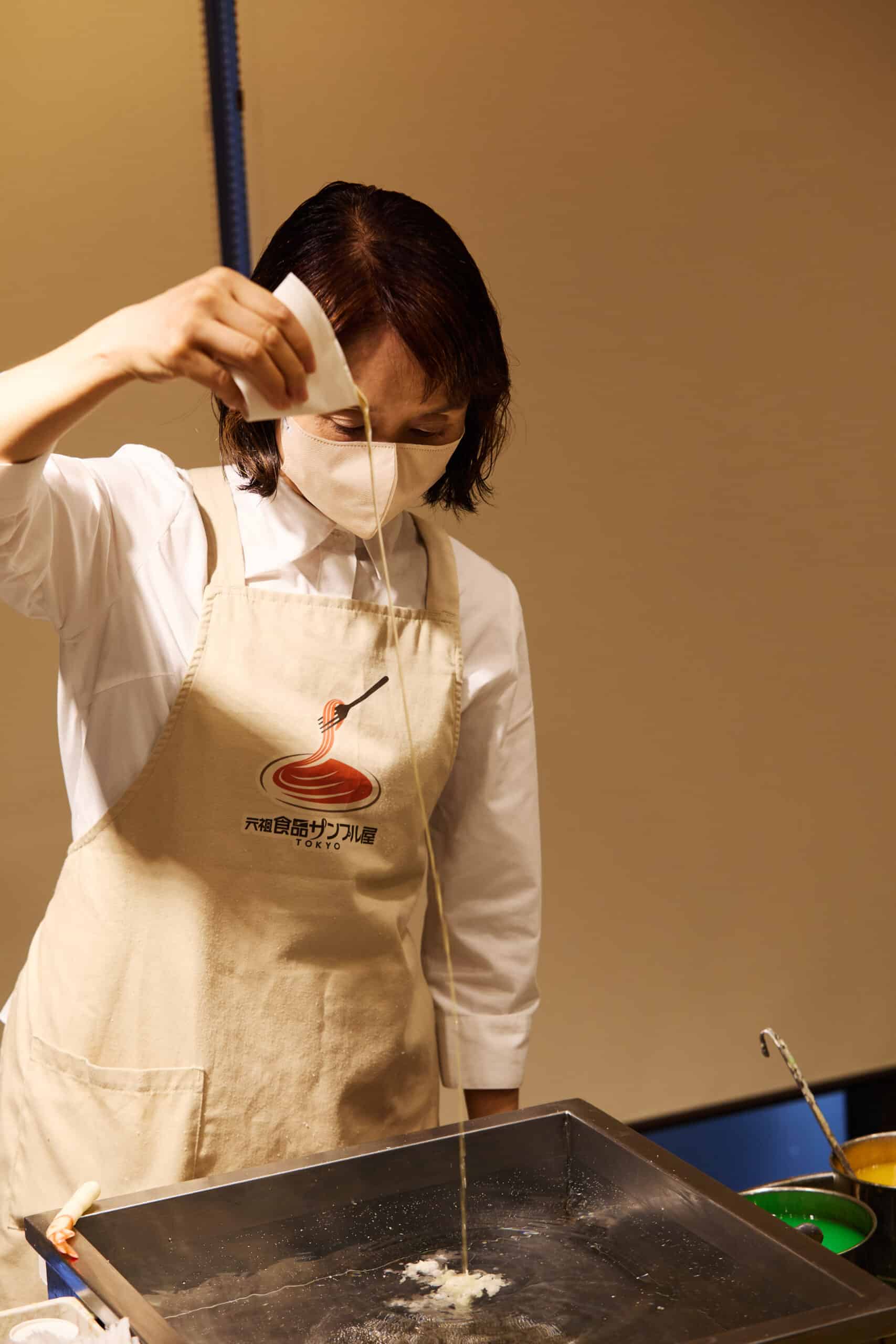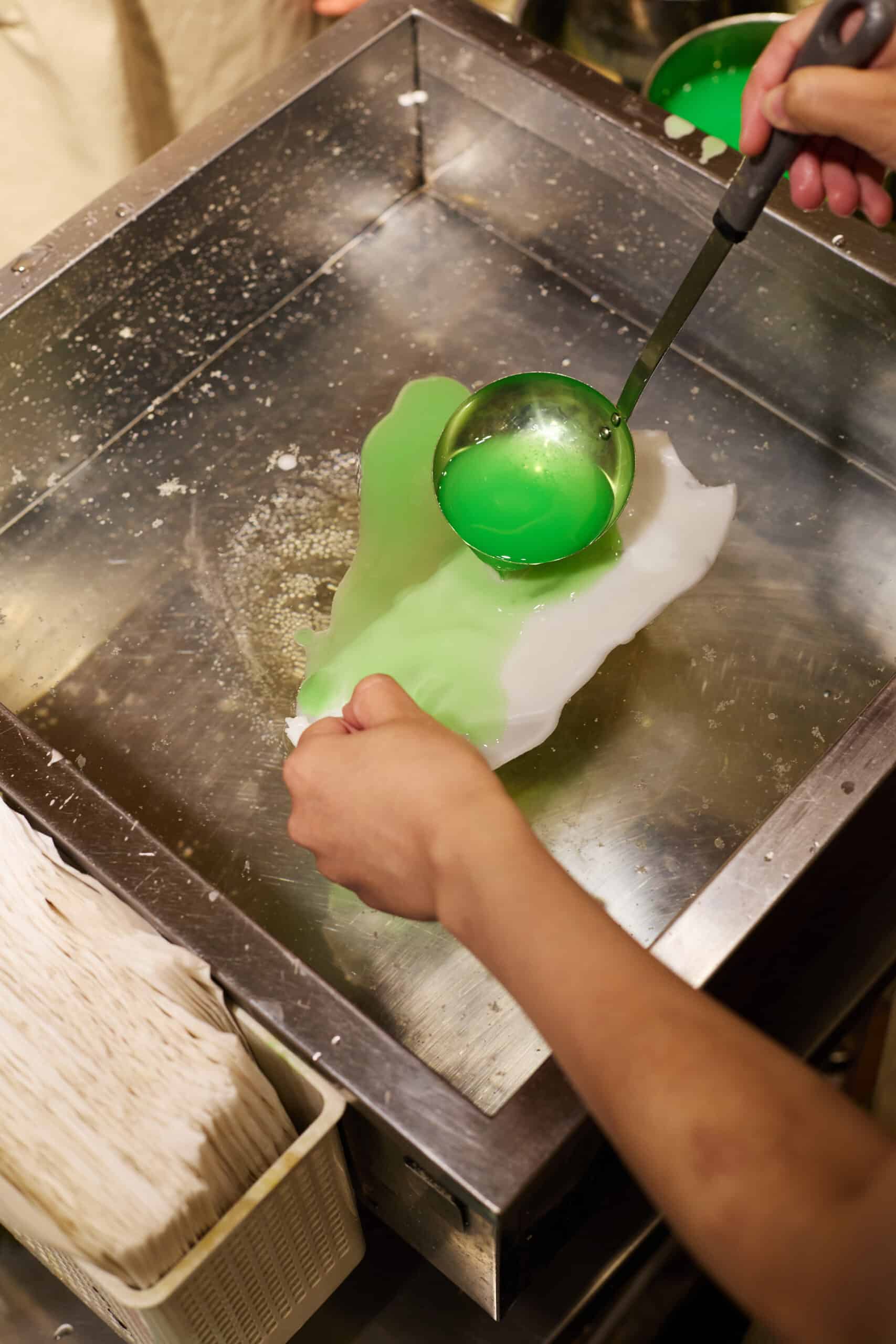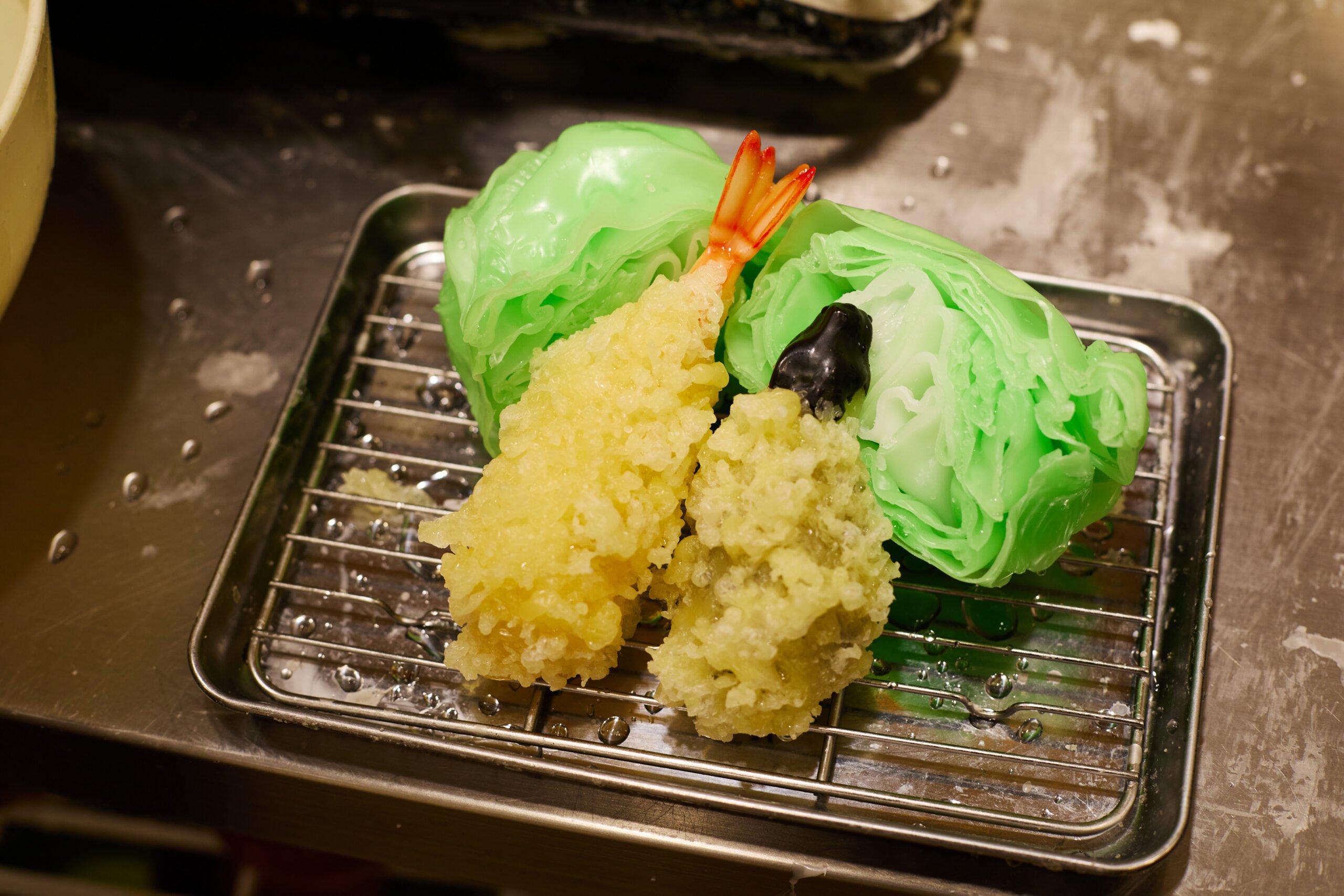CATEGORY
AREA
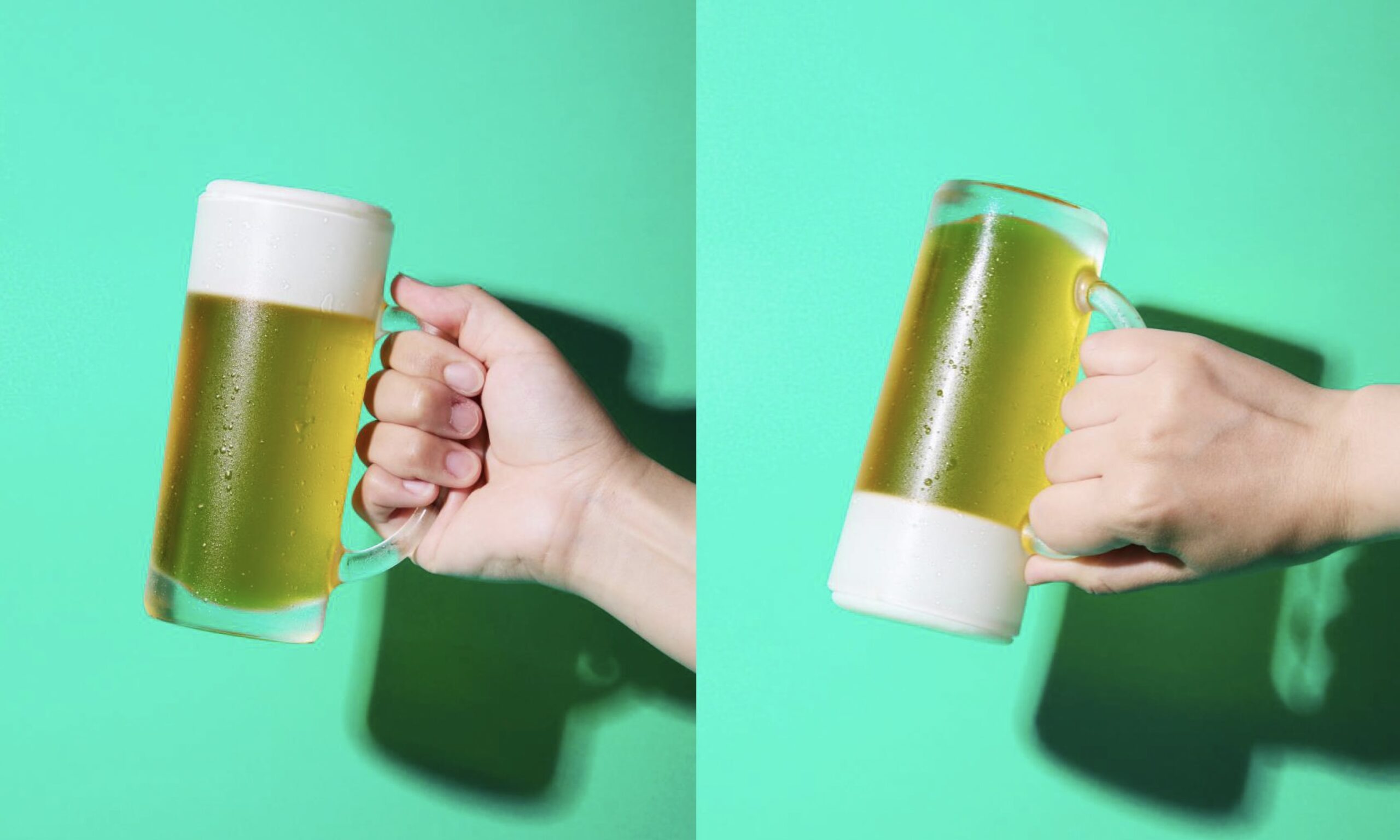
2025.10.09
The incredibly realistic "food samples" displayed in café and restaurant windows are actually a Japanese invention—did you know that this uniquely Japanese culture is now attracting worldwide attention? At "Ganso Shokuhin Sample-ya (The original food sample store)" in Kappabashi, where food specialty stores gather, we delve deep into their history and appeal.
"Food samples" are three-dimensional replicas that recreate restaurant menus with incredible realism, displayed at the entrances of cafés, restaurants, and other dining establishments. They are said to have originated in Japan around the 1920s.While they serve to visually communicate the appearance, content, portion size, and price of dishes to customers, they represent a uniquely Japanese culture rarely seen in Europe and America.
"Food samples" became widespread in the 1920s, when dining out rapidly became a common practice. At that time, people from rural areas were flocking to cities, but they were unfamiliar with urban restaurants and couldn't imagine what dishes looked like from menu descriptions alone. "Food samples" became indispensable to save staff the trouble of explaining each dish individually by conveying information visually. Moreover, since "food samples" maintain the actual size of both dishes and tableware, customers can understand the content and price of meals before entering the restaurant, allowing them to enjoy their meal with confidence.
Ryuzo Iwasaki, founder of "Iwasaki B-I," which operates the "Ganso Shokuhin Sample-ya" specialty stores in locations like Kappabashi and Tokyo Skytree Town, is credited as the first person in Japan to establish and commercialize food sample production. The first "food sample" created in 1932 was an omelet. Legend has it that the sample faithfully reproduced even the wrinkles of the omelet his wife made in the kitchen, making it so realistic it could be mistaken for the real thing.
From the 1970s to the 1980s, "food samples" were also referred to as "wax samples" and were created from melted wax, requiring the distinctive skills and techniques of craftsmen. However, they had weaknesses, being susceptible to heat and light, and prone to deformation, which led to a later transition to synthetic resins.
The production process involves disassembling real food samples by ingredient and then creating silicone molds for each one. Synthetic resin is poured into these molds and heated in an oven. The hardened parts are colored using airbrushes and brushes, then arranged on dishes for completion.
The switch to synthetic resin not only improved durability but also enabled the creation of precise, fine details, enhancing their realistic sophistication. The variety of reproducible dishes and ingredients also dramatically increased. This allowed for even greater expression of the attention to detail characteristic of Japanese craftsmanship.
Today, these food samples are attracting attention from overseas visitors as art pieces and souvenirs. "Ganso Shokuhin Sample-ya," originally a showroom for restaurant orders, opened as a specialty store for general consumers to meet this demand. Now, numerous novelty items using food sample materials are sold there. Sales of food samples for general consumers, including souvenirs that serve uses beyond their original purpose, now account for approximately 15% of total sales. A culture of appreciating the realism of food through everyday items has emerged.
Other popular products include realistic hamburgers and buttered baked potatoes that can hold memos and business cards right in the middle.
Currently, several "food sample" specialty stores in Kappabashi offer hands-on food sample-making experiences, and this is becoming established as a uniquely Japanese experiential culture for both domestic and international visitors.
At "Ganso Shokuhin Sample-ya," staff provide demonstrations and instruction using traditional wax techniques, making it enjoyable even for first-timers (3,300 yen per person, approximately 40 minutes, reservation required). We tried the experience right away.
First, we watched a video to understand the overall process and technique of dropping liquid wax into lukewarm water and shaping it in the water.
In the workshop, you can make "tempura (deep-fried battered seafood and vegetables)" and "lettuce." For tempura, you first choose two vegetable samples. Options include shrimp, eggplant, pumpkin, shiitake mushrooms, green peppers, lotus root, and sweet potato. And your challenge is to make them look like they are crisply fried with batter.
Observe the staff demonstrations carefully to fully understand the process. When creating tempura batter, dribbling wax from a height produces a bubbly texture, giving the wax a crisp, fried batter-like appearance!
For lettuce, you use two colors of wax: white and green. Spread white wax in a rectangle, then place green wax on top, covering about half of it.
Of course, you can take home the wax samples you created.
Japan's attention to detail is reflected in its incredibly realistic food samples, which have transformed from practical tools used in restaurants to appreciated works of art. These samples have grown into novelty items and souvenirs, contributing to a unique cultural experience. As they continue to evolve, they will surprise and captivate us in new ways.
